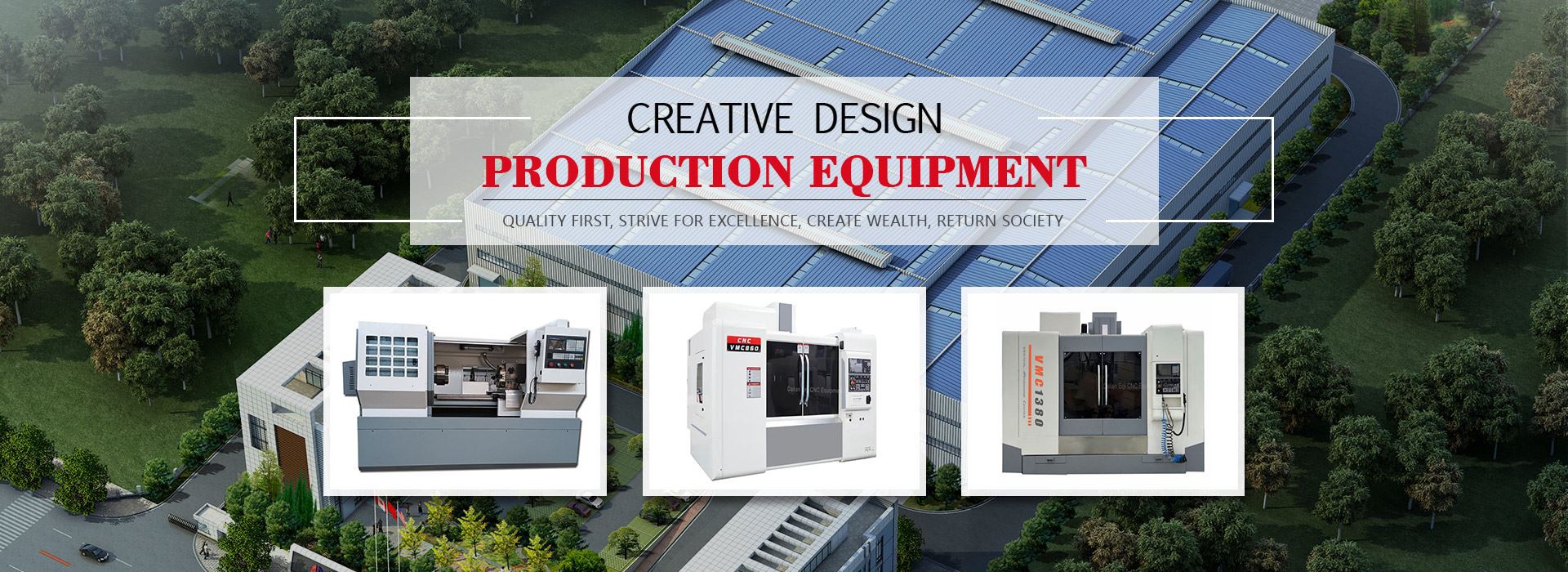What are the requirements for processing a dual station horizontal machining center?
Nov 11, 2023
A dual station horizontal machining center is an efficient CNC machine tool commonly used for the processing and manufacturing of metal parts. When using a dual station horizontal machining center for machining, there are some requirements that need to be noted to ensure machining quality and safety. Now let's take a look together!
1. Reasonably arrange the processing sequence and process flow. When processing a dual station horizontal machining center, it is necessary to fully consider the characteristics and requirements of the workpiece, and arrange the machining sequence and process flow reasonably. Determine the fixing method, cutting tools, and cutting parameters of the workpiece based on its shape, material, and processing requirements. The sequence and process requirements of rough and precision machining, as well as the post-processing steps, all require sufficient planning and preparation in advance.
2. Pay attention to the selection and installation of cutting tools and cutting tools. The dual station horizontal machining center can achieve automatic continuous machining of multiple cutting processes, so the selection and installation of cutting tools are crucial. When selecting cutting tools, factors such as the characteristics of the cutting material, machining depth, and machining speed should be considered, and appropriate tool types, specifications, and materials should be selected. At the same time, correctly install the cutting tools, perform tool calibration and adjustment, ensure the firmness of the tools, and ensure the stability and accuracy of the processing.
3. Pay attention to the fixation and clamping of the workpiece. The fixation and clamping of the workpiece are crucial in the machining process of a dual station horizontal machining center. Choose appropriate fixtures and clamping methods based on the shape, size, and material of the workpiece. The design and selection of fixtures should ensure the stability and safety of the workpiece, and avoid displacement and deformation of the workpiece during the processing.
4. Reasonably set processing parameters according to processing needs. The dual station horizontal machining center can achieve multiple machining methods and multi axis simultaneous machining functions, so it is necessary to set and adjust machining parameters reasonably according to machining requirements. For example, parameters such as cutting speed, feed rate, cutting depth, and machining path need to be adjusted and optimized according to the requirements of the workpiece to achieve better machining results.
5. Regularly inspect and maintain the dual station horizontal machining center. Regular inspection and maintenance are important steps in ensuring the long-term stable operation and processing quality of machine tools. Regularly inspect the lubrication system, cooling system, transmission system and other components of the machine tool, and clean and replace lubricants, coolants, etc. in a timely manner. In addition, it is necessary to regularly check and calibrate the accuracy and positioning repeatability of the machine tool, to maintain the machining accuracy and stability of the machine tool.
In summary, when processing on a dual station horizontal machining center, it is necessary to arrange the machining sequence and process flow reasonably, pay attention to the selection and installation of cutting tools, pay attention to the fixation and clamping of workpieces, set machining parameters reasonably, and regularly inspect and maintain the machine tool. Only by following these requirements can we ensure the processing quality, efficiency, and operational safety of the dual station horizontal machining center, and improve production efficiency and product quality.







